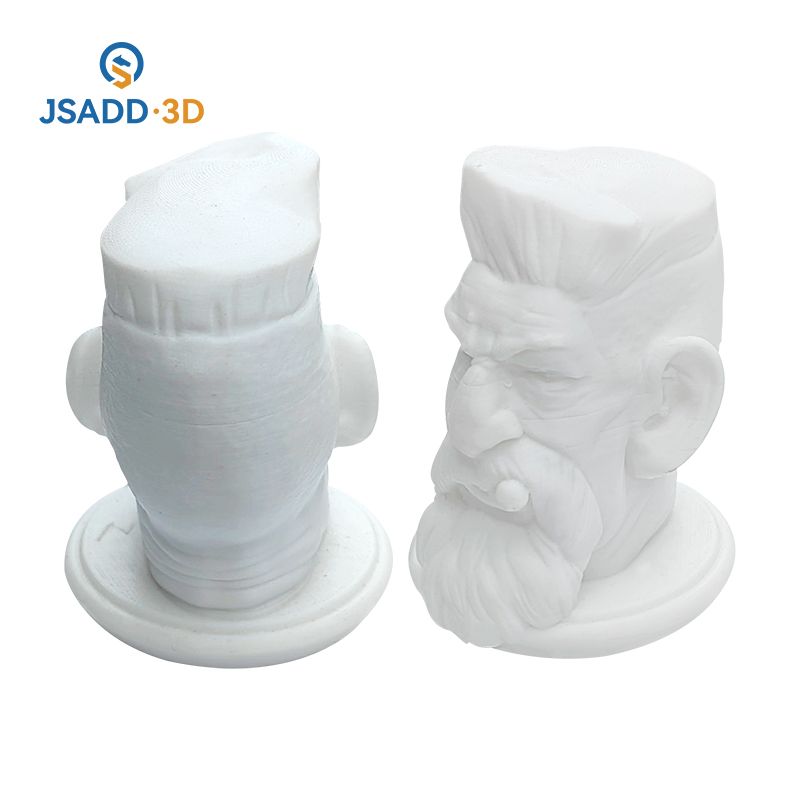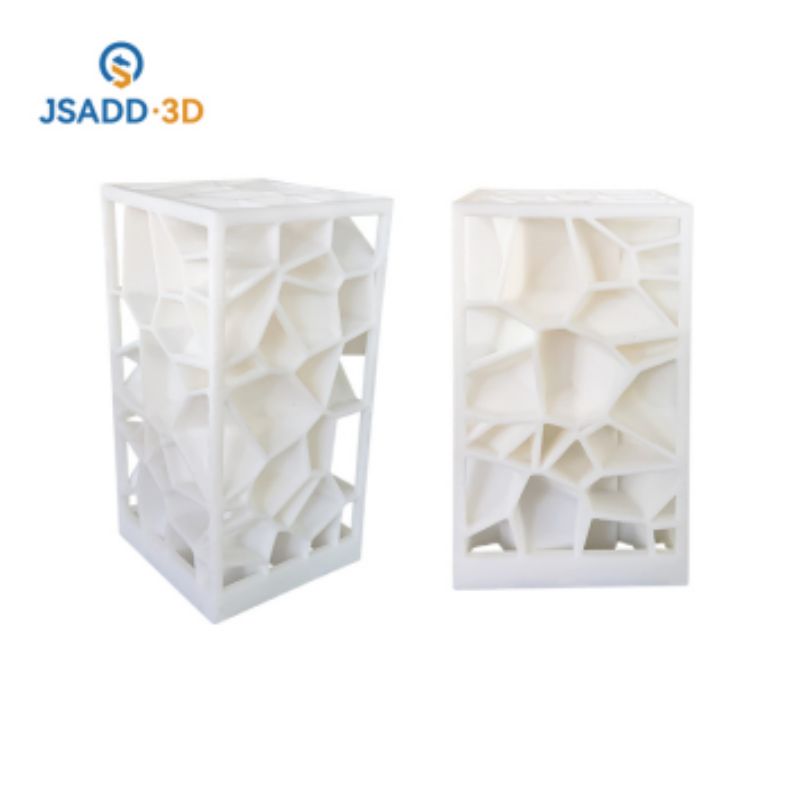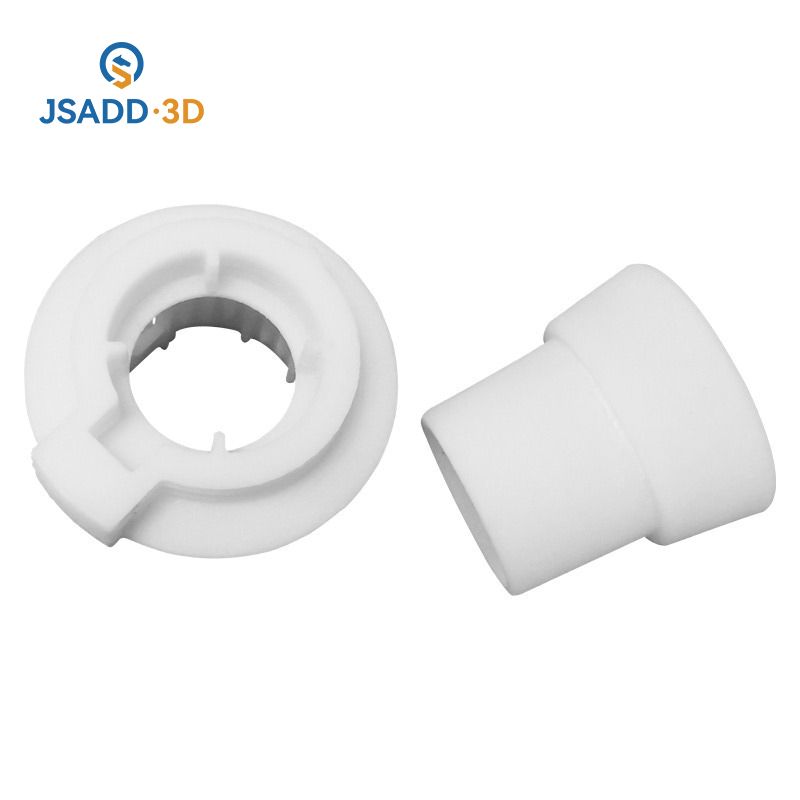Introduction of SLA 3D Printing Service
SLA, stereolithography, falls under the polymerisation category of 3D printing. A laser beam outlines the first layer of an object's shape on the surface of a liquid photosensitive resin, then the fabrication platform is lowered a certain distance, then the cured layer is allowed to immerse into the liquid resin, and so on and so forth until the print is formed. It is a powerful additive manufacturing technology capable of producing very precise and high-resolution products that can be used directly for end-use, low-volume production or rapid prototyping.
Introduction of FDM 3D Printing Service
FDM, Fused Deposition Moulding of Thermoplastic Materials, is an extrusion-based 3D printing technology. It melts filament materials such as ABS, PLA, etc. by heating them through a heating device, and then squeezes them out through a nozzle like toothpaste, piles them up layer by layer, and finally shapes them.
Comparison between SLA and FDM
--Detail and Precision
SLA 3d printing
1. Extremely thin layer thickness: using a very thin laser beam, it is possible to obtain very realistic and fine complex features.
2. Printing small parts and very large parts in high definition; it is possible to print parts of various sizes (up to 1700x800x600 mm) while maintaining high precision and tight tolerances.
FDM 3d printing
1. Layer thickness of about 0.05-0.3mm: This is a good choice for prototyping where very small details are not important.
2. Low dimensional accuracy: Due to the nature of melted plastic, FDM is characterized by a small amount of bleed-through, making it unsuitable for parts with complex details.
Surface Finishing
1. Smooth surface finish: Since SLA uses resin material, its surface finish can replace normal prototypes made by MJF or SLS
2. High quality surface finish with high definition: the external, as well as the internal details, can be seen perfectly.
FDM 3d printing
1. Clearly visible layered steps: as FDM works by dropping molten plastic layer by layer, the staircase shell is more visible and the surface of the part is rough.
2. A layered adhesion mechanism: it leaves the FDM part in a non-homogeneous
state. Post-processing is required to make the surface smooth and more costly.
Conclusion
SLA is a liquid photosensitive resin, with fast curing speed, high moulding precision, good surface effect, easy post-treatment, etc. It is suitable for the production of hand-board samples of automobiles, medical devices, electronic products, architectural models, etc.
If you want to know more information and need to make 3d printing model, please contact JSADD 3D Print Service Manufacturer every time.
Author: Karianne | Lili Lu | Seazon









